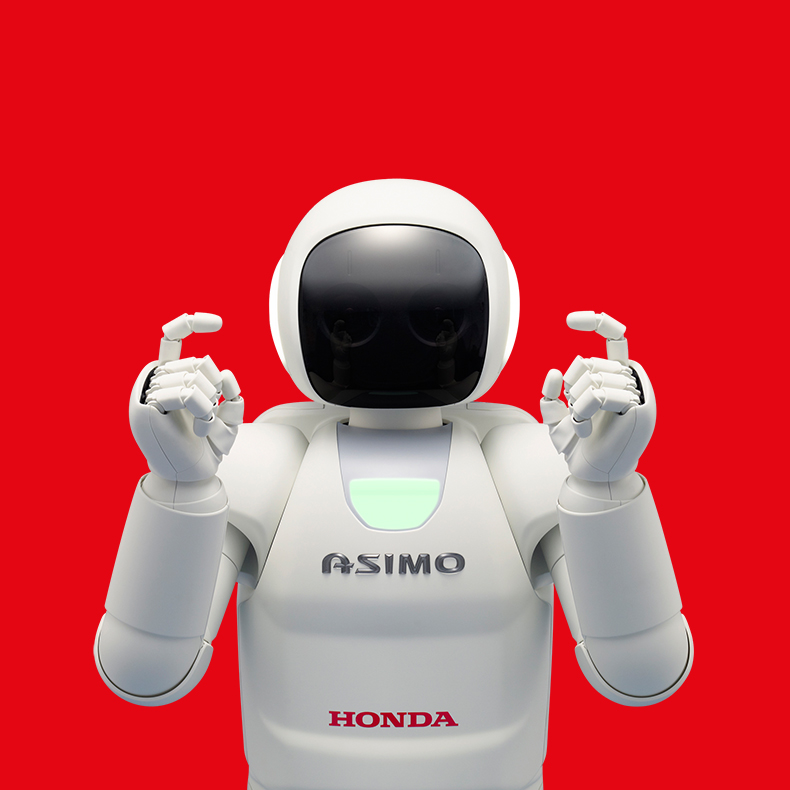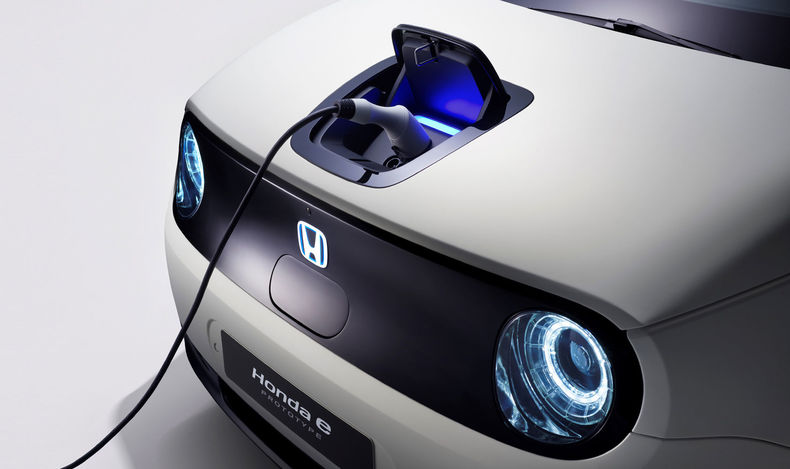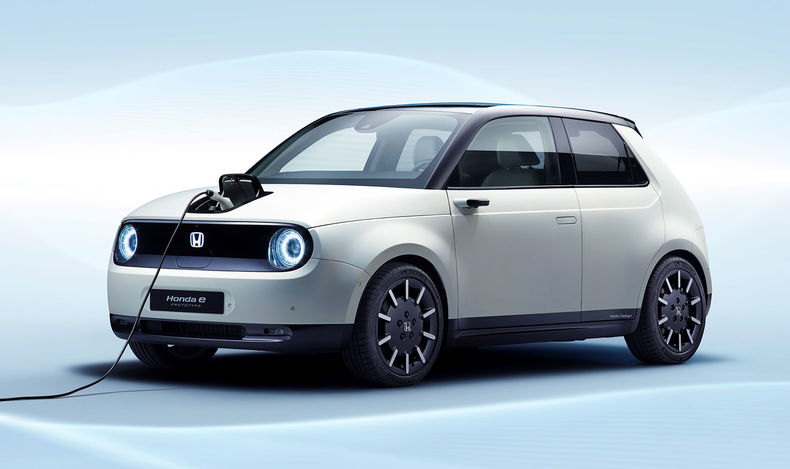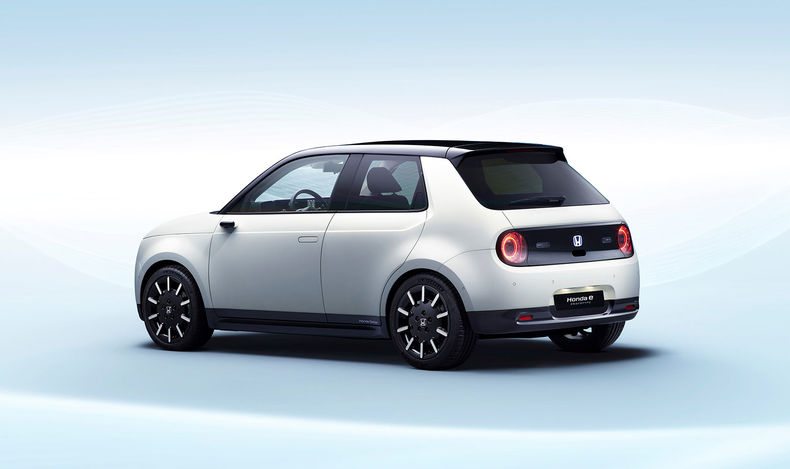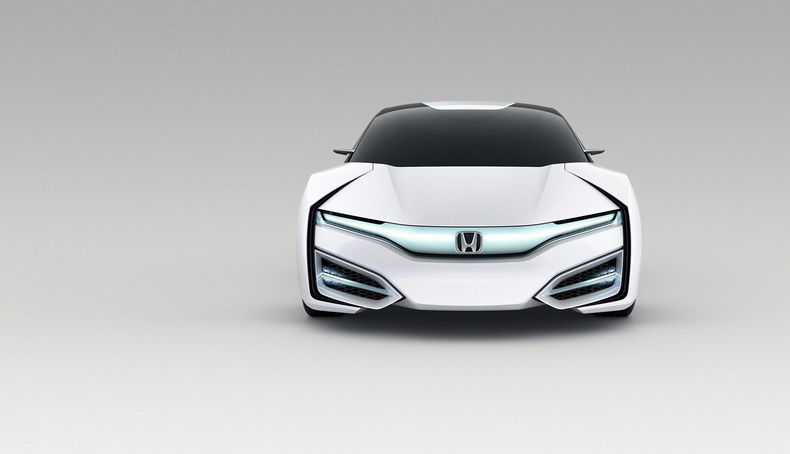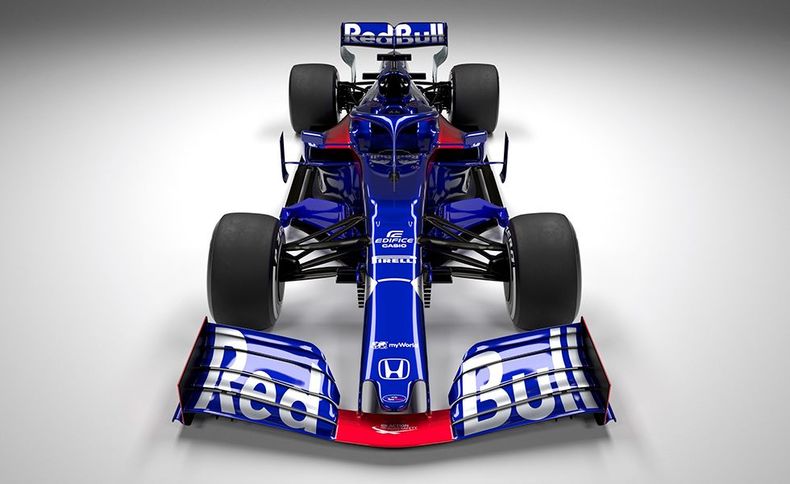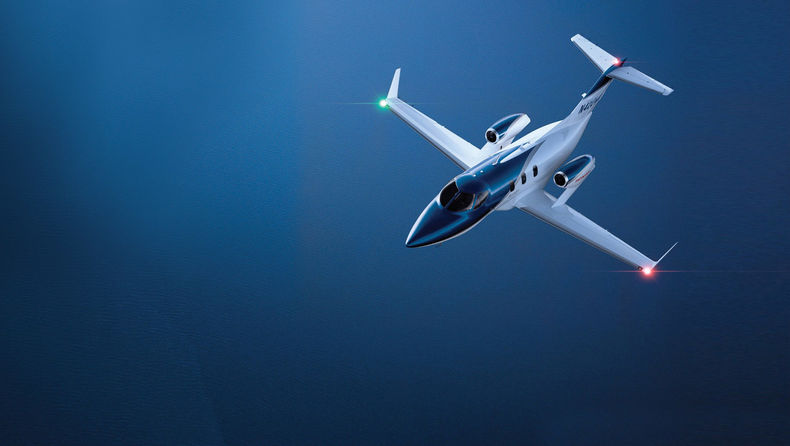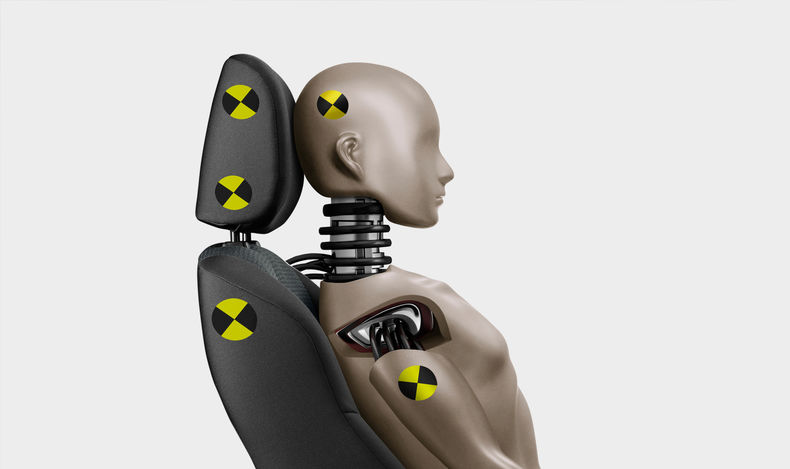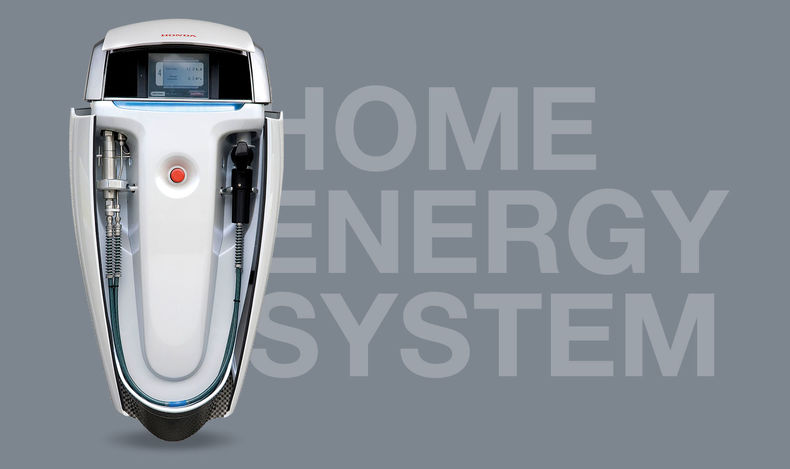Robotics & Mobility
ASIMO, which stands for Advanced Step in Innovative Mobility was the world’s first humanoid robot. Today the latest version of ASIMO is able to climb stairs, walk, run at nearly four miles an hour, grasp objects, kick a football and interact with people, responding to voice commands and hand gestures. Once ASIMO is perfected, Honda hopes that the robot could be used in a wide variety of ways – helping the physically disabled or elderly, or even being sent into dangerous environments such as toxic spills, earthquakes or fire, as a first responder.
The research and development division, whose mission is to study human mobility have also developed a computerised leg harness that assists people who have difficulty walking or who are learning to walk again after an illness or injury. This Walking Assist harness supports their strides/steps in response to information obtained from hip sensors.
In the ongoing development and research into mobility, Honda’s engineers have created ground-breaking technologies which have been incorporated in our cars.
.jpg?k=13935b3a1a)
